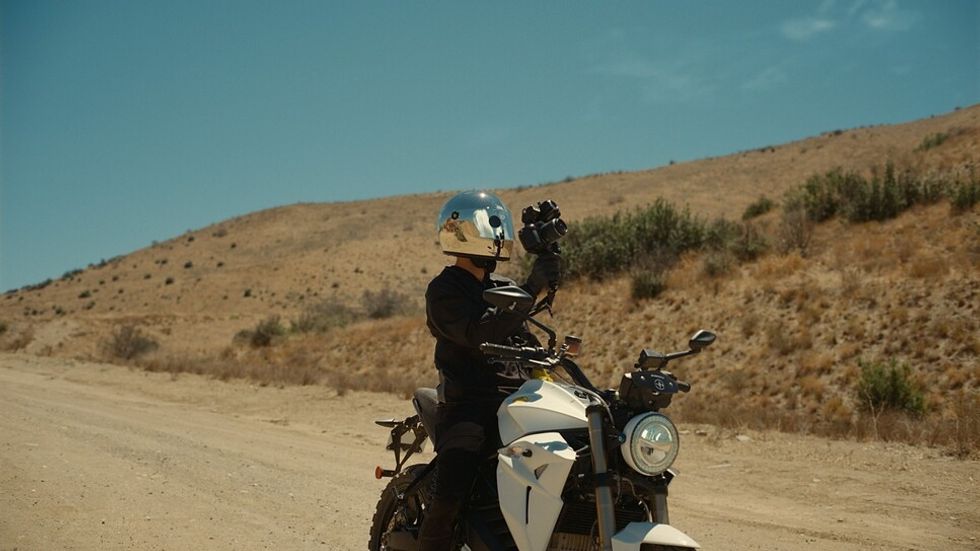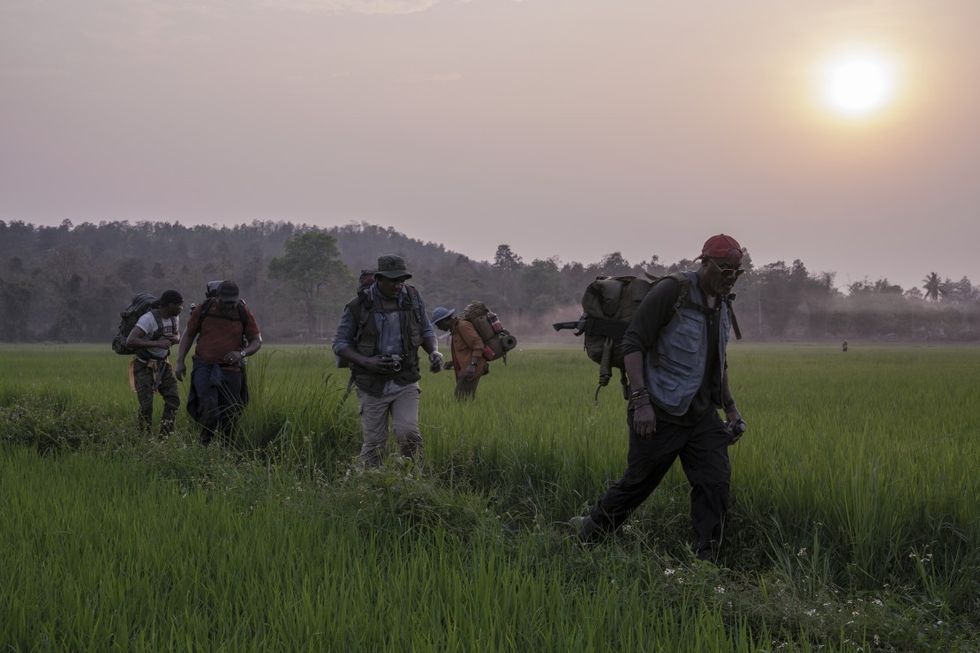Our Favorite 'Overlooked' Features of Resolve 15
There are a number of marquee features on the new Resolve 15, but here are our favorite features that are new to 15.

Whenever there's a new release of any major software, there are always the "marquee" features that get all of the headlines (and there are always a few features we completely miss).
Resolve 15.2 just came out with most of the attention (deservedly) going to the key visual keyboard mapper, which will help many users who are making the switch. However, there are other smaller features that don't always get the headlines.
Here are a few of our favorite features of Resolve 15 we've begun to notice as we've been working on the software daily all fall. These might not all be brand new to 15, but they are features that we hadn't seen before despite nearly daily use of the software (going back to version 9).
1. You can render jobs from multiple projects at once
Let's say you've got the episodes of your TV series divided up into separate projects, all in the same database. When it came time to render, you used to need to log in to each project, one at a time, render it, and switch.
Now, you can add "all all projects" from the little menu to the upper right of your render queue and see the contents of all the renders queues in your entire database.
This should be an amazing time saver for those of us working frequently with jobs spread across multiple projects.
2. You can double-click a DRP
This one is going to be a blessing and a curse. For those who haven't used Resolve, it doesn't treat project files the way any other program does. it keeps all of its program files stored inside a database. This has huge benefits when you want to have multiple users sharing a project, but it can be confusing for first-time users. When you want to move a project from one machine to another, you export a ".drp" and then import that to a new machine.
Now, you can just double click that .drp and it will launch Resolve and load the .drp into the database on your new machine. Here's the key that is likely to be confusing: it's not going to keep updating the .drp. If you click "save" in Resolve, it's saving the project in the database, not the .drp file. That .drp file remains a portrait in time. This is essential to how Resolve works, but it is much different from other platforms.
We expect to hear from more than one user who had a .drp on an external, double-clicked it on a shared system (say, at a school), worked for a while, and saved, only to discover that the .drp on their external is the older version of a project. As always, it's good to be in the habit of making .drp exports to your external drives as part of your process.
3. Preview Composite Modes (color room only)
One of the great powers of node based color work is the ability to change the method used to mix layers. Even better than simply choosing parallel (both actions at the same time) or layered (one action on top of the other) is access to a wide array of composite modes for the layer mixer node. Now those composite modes live preview, so as you scan through the selections, Resolve will automatically show you the output of your choice. This should speed up workflows for many users.
4. Timeline Stills Auto Created
One of the longstanding habits of colorists when they wrap up a job is to "grab all stills" from the tlmeline. This allows you to keep working on the project if you pick it up again a year later, or if you want to keep going on a series for Season 2, but Season 1 media has all been archived. This was previously something you had to actively go do.
Resolve now does this automatically, adding the "timelines" menu to the gallery, that shows all the stills for every shot in every timeline you have in your project (automatically). This will make double-checking an earlier grade, or even matching shots from the end of your project to the beginning, so much easier.
Resolve 15 is out now, with the studio version available for $299 that includes shared projects and a built-in noise corrector.



























